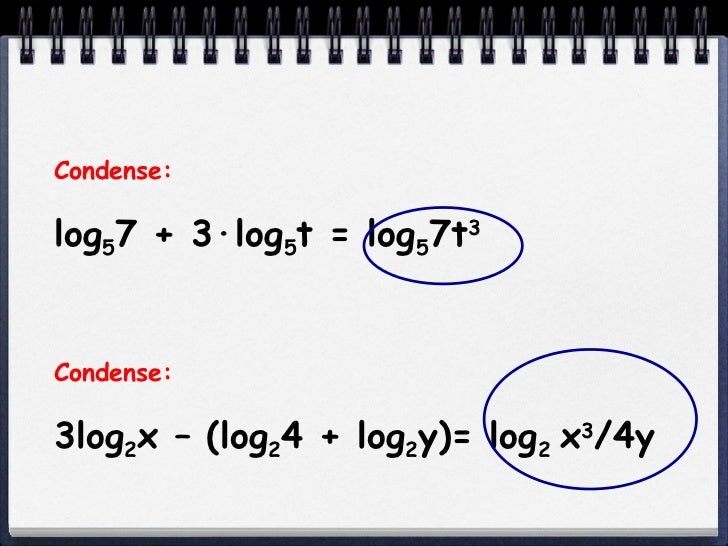
The lower the temperature of the surface relative to the vapor saturation temperature at a given pressure, the higher the rate of surface condensation. In dropwise condensation the rate of heat transfer is much higher than in filmwise condensation because the uniform condensate film hinders the transfer of heat. The condensate forms as drops on nonwettable surfaces. The former is observed in condensation on a wettable surface and is characterized by the formation of an even film of condensate. There are two mechanisms of surface condensation: filmwise condensation and dropwise condensation.

In technology condensation is usually achieved on condensing surfaces (cooling surfaces). The liquid formed as a result of condensation is termed the condensate. Condensation is widely used in industry in such areas as power engineering (for example, in the condensers of steam turbines), chemical technology (for example, in the separation of substances by fractional condensation), refrigeration and cryogenic technology, and desalinization. Rain, snow, dew, and frost are all natural phenomena resulting from the condensation of water vapor in the atmosphere. The amount of heat released in condensation is the same amount that was spent on the evaporation of the condensed substance. Condensation, like its reverse process, evaporation, is an example of a phase transition of matter (first-order phase transition). The condensation of vapor is possible only at temperatures below the critical temperature of the given substance.

The transition of a substance from the gaseous state to the liquid or solid state as a result of cooling or compression. The heat transfer coefficients with dropwise condensation can be one to two orders of magnitude greater then that for film condensation. In the wake behind the large droplet, numerous smaller droplets form and the process repeats. As a droplet grows to a size that can roll down the surface because of gravity, it wipes the surface of the droplets in its path. The droplets of 10–100 μm diameter contribute most to the heat transfer rate. The droplets form on imperfections such as cavities, dents, and cracks on the surface. In dropwise condensation, on surfaces that are not well wetted, vapor may condense in the form of droplets (see illustration). The liquid film flows downward as a result of gravity. In film condensation, a thin film of liquid forms upon condensation of vapor on a cold surface that is well wetted by the condensate. This phenomenon is called homogeneous condensation (formation of fog) and is facilitated by foreign particles such as dust. If vapor temperature falls below its saturation temperature, condensation can occur in the bulk vapor. Direct-contact condensation refers to condensation of vapor (bubbles or a vapor stream) in a liquid or condensation on liquid droplets entrained in the vapor. Condensation of vapor on a cold surface can be classified as filmwise or dropwise. Condensation is an efficient heat transfer process and is utilized in various industrial applications.


Sustaining the process of condensation on a cold surface in a steady state requires cooling of the surface by external means. For a pure vapor this pressure is the total pressure, whereas in a mixture of a vapor and a noncondensable gas it is the partial pressure of the vapor. CondensationĪ phase-change process in which vapor converts into liquid when the temperature of the vapor is reduced below the saturation temperature corresponding to the pressure in the vapor. The Columbia Electronic Encyclopedia™ Copyright © 2022, Columbia University Press.


 0 kommentar(er)
0 kommentar(er)
